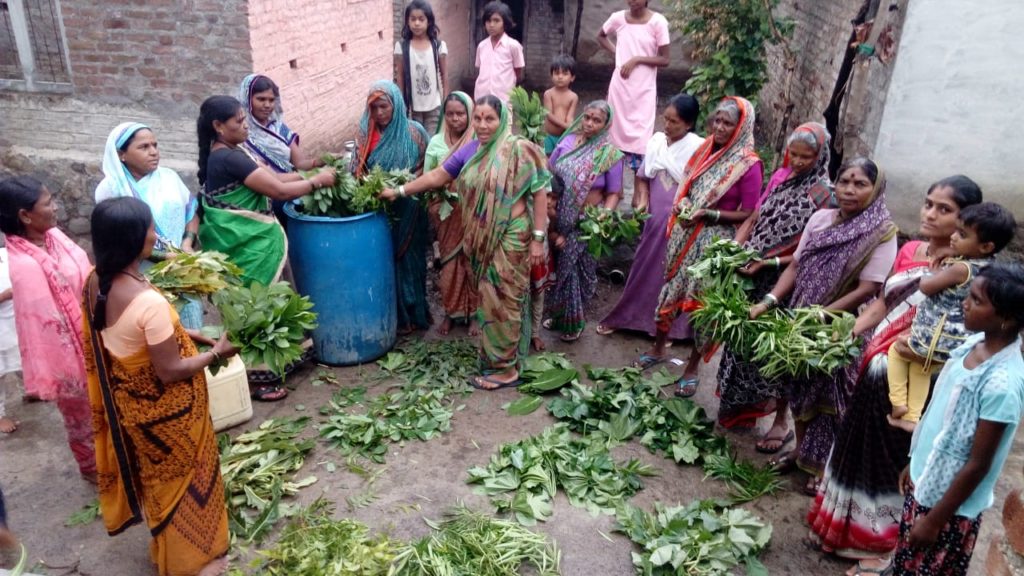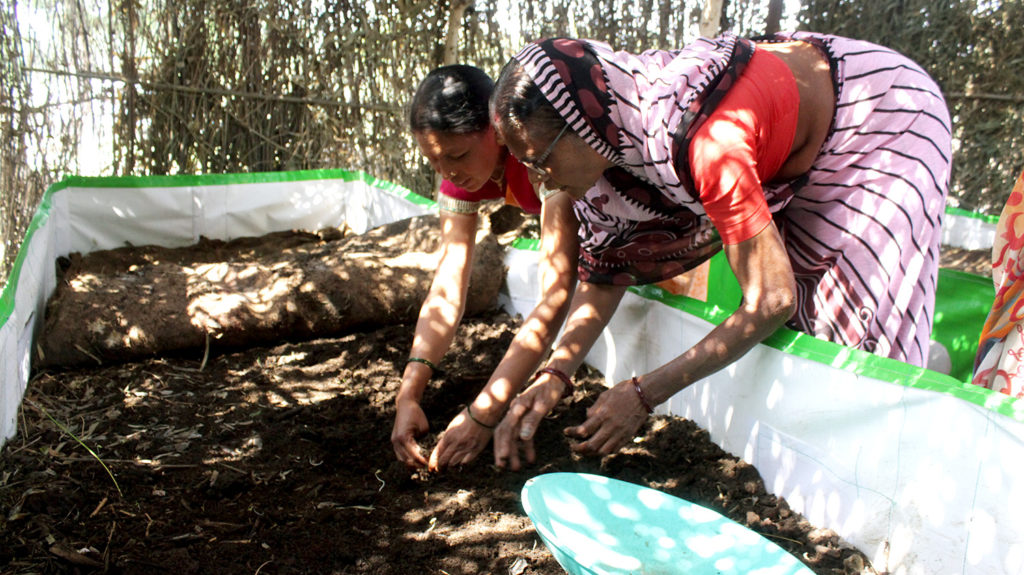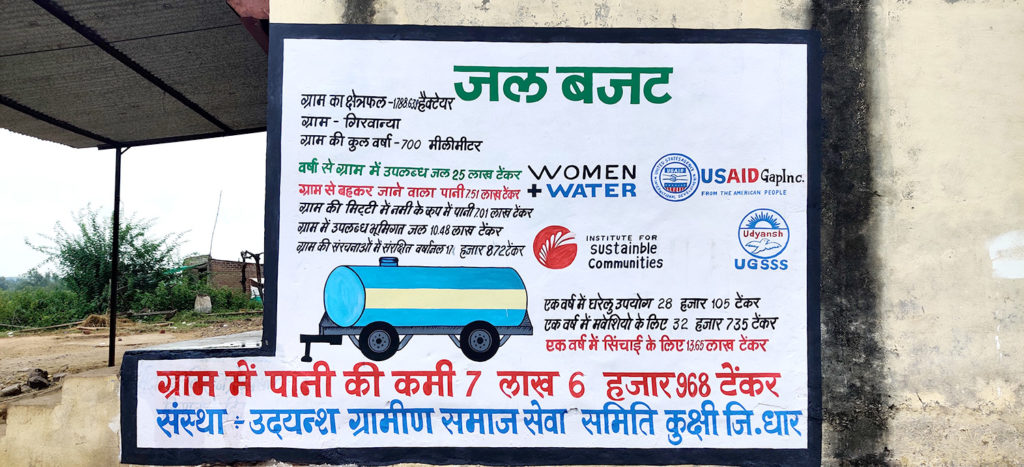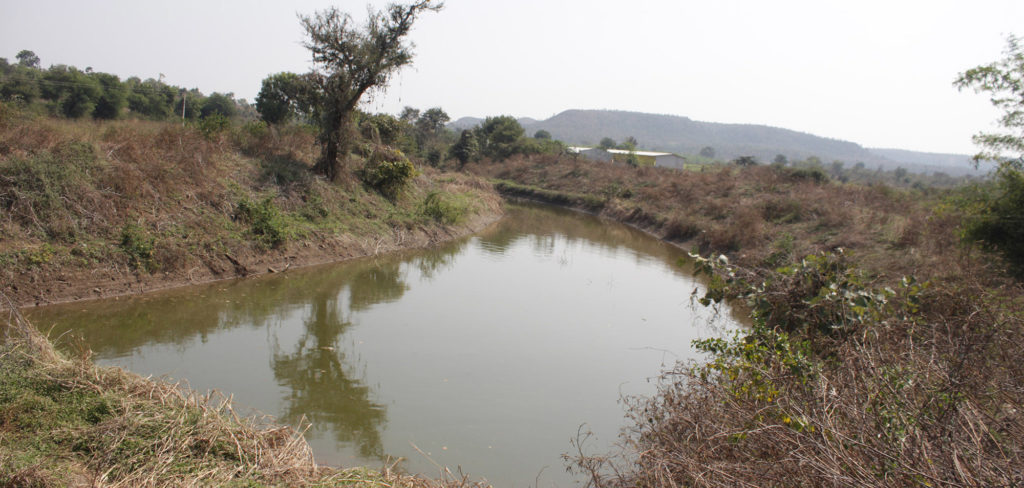India may be the world’s largest producer of cotton, but cotton cultivating communities in the country face serious risks associated with high water stress and low community resilience to climate change. The need of the hour is to promote sustainable production practices that lower input use (water, fertilizer and pesticides). Working through Gap Inc. and USAID Women + Water Alliance (W + W Alliance), ISC is promoting water stewardship principles, better soil management practices and water literacy amongst cotton farmers in Maharashtra and Madhya Pradesh as part of the W + W Alliance.
Here are 3 key approaches that showcase how cotton farming communities can be empowered to become sustainable and water secure:
1. Unlocking the Power of Equity
Women comprise 40-60% of unorganized farm labor in cotton cultivation, in states like Madhya Pradesh. It becomes imperative then to provide them with the relevant tools and knowledge frameworks to be self-reliant and become rightful decision makers in farming and allied activities. As part of the W + W Alliance, ISC and its implementing partners are working with 3,100 farmers, 45% of whom are women. The project focuses on training women farmers and extension workers (Krishi Sakhis) on production and market linkages for bio-fertilizers and bio-pesticides thereby enabling them to supplement their livelihood and augment their incomes, while also promoting best practices in water stewardship, and soil health management.

2. Reducing the Environmental Footprint
The need to manage water resourcefully is a critical one. Not just reduction in water use, the project also focuses on decreasing the use of fertilizers and pesticides, providing frameworks to reduce GHG emissions, minimize water footprint and bring down the overall cost of cultivation. Through the use of demonstration plots, farmer field schools to showcase good operating practices, and associated training activities, the project builds capacities through the adoption of long-sustaining best practices. In select geographies of outreach, reduction in water footprint has been 12% (in Maharashtra) and 28% (in Madhya Pradesh). GHG emissions are down by 43% in select outreach geographies in Maharashtra, and 69% in Madhya Pradesh.

3. Creating a Water Secure Future with Actionable Frameworks
From mapping local water resources to understanding the water risks in the catchment, enhancing sustainability and enabling better management of water sources have been among the core focus areas of the project. From an analysis standpoint, geo-hydrological surveys have been conducted at the village level to understand water availability. Community engagement and capacity building is done by enabling participatory water budgeting that helps estimate water available locally and how to collectively and effectively manage it. Water literacy campaigns and development of village water plans are also undertaken for better demand management and ensuring source sustainability. To enhance local water supply, storage and recharging capacity, community-led efforts in repairs and renovation of existing structures are other participatory endeavours to strengthen community resilience and help them to become sustainable and water secure.


Cotton may traditionally have been a water-intensive fiber crop to cultivate, but as the climate crisis continues to adversely affect agricultural communities and as India reels under extreme water stress; it is critical to adopt measures that not just build resilience, but also ensure well-managed and sustainable water availability and use. The approaches highlighted above seek to serve as guiding principles for communities and organizations that are committed to conserving water and promoting water stewardship to respond proactively to alleviate water scarcity and the fallouts of the climate crisis in cotton production.
This post does not represent the views or positions of the U.S. Agency for International Development, the U.S. Government, or Gap Inc.
